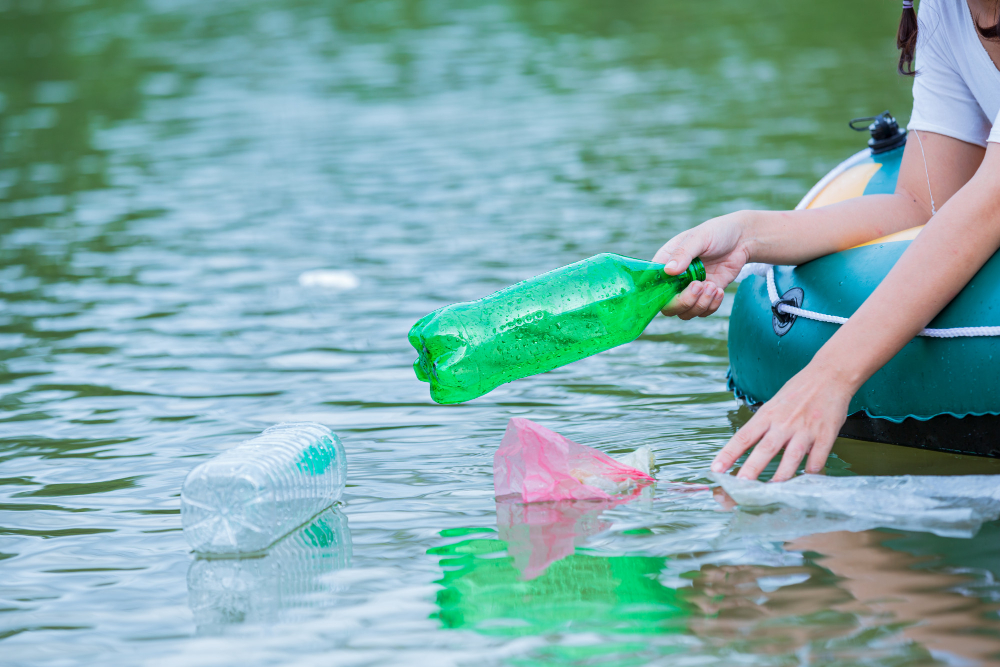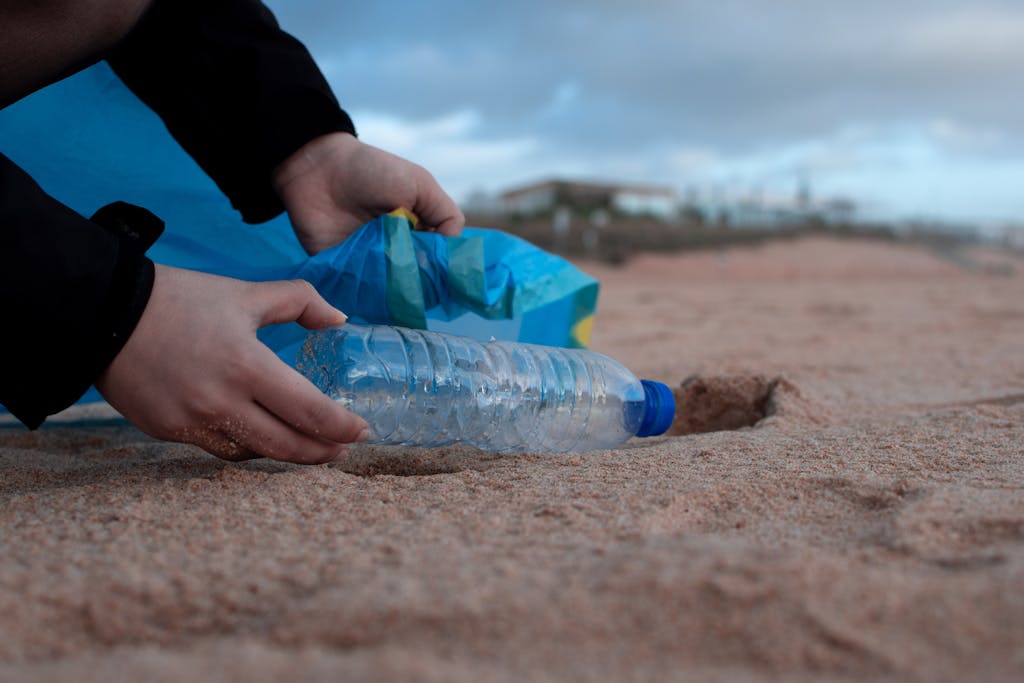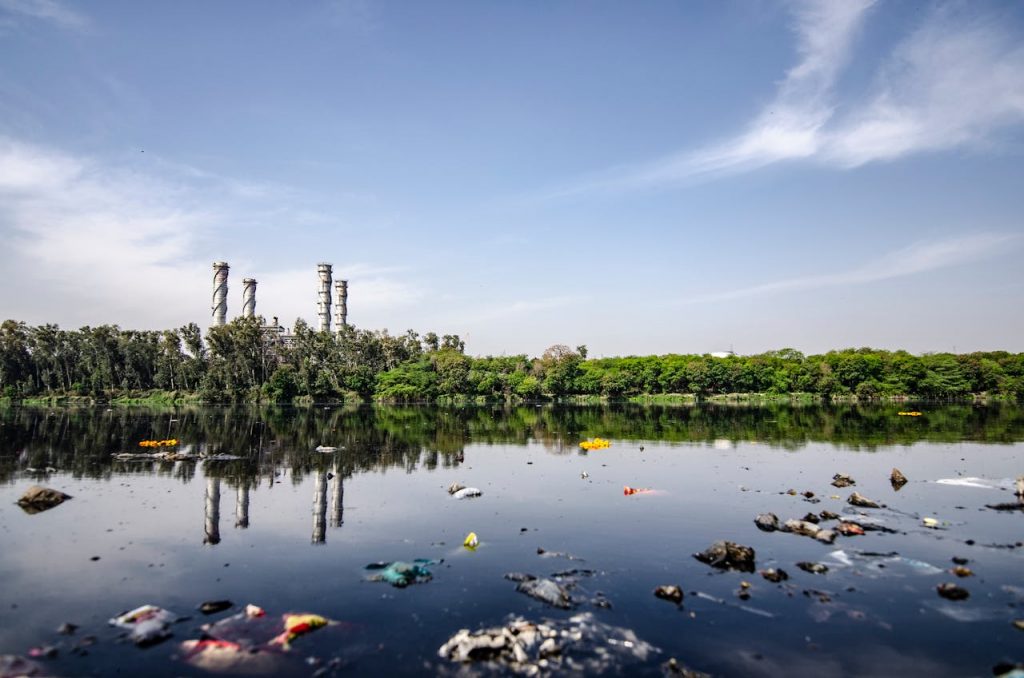- Urban water pollution requires joint efforts from citizens, governments, and NGOs for effective management.
- Green infrastructure plays a critical role in enhancing community involvement in environmental conservation.
- Transparent communication and trust-building are crucial for successful collaboration between stakeholders.
- The inclusion of marginalized communities ensures equitable solutions in water pollution management.
- Collective action is vital in creating sustainable urban environments with clean water resources.
Water pollution in urban areas is a substantial challenge with far-reaching implications for the environment and human health. Recognizing the complexity of this issue, collaborative efforts involving various stakeholders — government bodies, non-profits, and local communities — hold the key to effective solutions. In this extensive exploration, we will underscore the necessity of collective action and outline diverse strategies that can pave the way toward cleaner urban waters.
Understanding the Urban Water Pollution Challenge
Urban water pollution is a multifaceted problem beyond the visible waste in our rivers and lakes. Its scale is colossal, with major city centers serving as epicenters for various pollutants that enter the water supply. These include industrial waste, sewage, agricultural runoff, and litter, which pose serious health risks to aquatic life and can contaminate our drinking water.
Urbanization is a significant driver of water pollution, as rapid growth often outpaces the infrastructure’s capacity to handle waste. The more impervious surface created by urban sprawl can lead to increased stormwater runoff, picking up pollutants from streets and construction sites before depositing them into waterways.
The role of urban planning in mitigating water pollution cannot be understated. Strategies such as green infrastructure, proper zoning, and the implementation of comprehensive stormwater management plans can minimize the impact of urban development on water quality.
The Role of Green Infrastructure in Water Conservation

Green infrastructure is key in fighting urban water pollution by blending natural processes with engineered environments. Unlike gray infrastructure, which focuses on conveyance and treatment, green infrastructure mimics natural processes to cut runoff and filter pollutants before reaching waterways.
It comes in various forms, like rain gardens and green roofs, and manages stormwater, boosts biodiversity, and enhances urban areas. By capturing rainwater on-site, it reduces runoff and pollutants in water systems.
Additionally, green infrastructure helps combat climate change by lowering urban heat islands and increasing carbon sequestration. Engaging communities in projects can strengthen their bond with the environment, promoting conservation and improving residents’ quality of life.
Innovative Technologies for Water Treatment
Innovative water treatment technologies are critical for safe drinking water and wastewater management in an era of water scarcity and pollution. Nanotechnology removes contaminants at a molecular level, membrane filtration separates harmful components, and biological treatments mimic natural processes for wastewater treatment. These advancements offer efficient and cost-effective alternatives to traditional methods.
Community Engagement and Education Programs
Community engagement and education programs are crucial to effectively address water sustainability and quality challenges. Involving locals in water management fosters ownership and responsibility, promoting sustainable practices and conservation. Educational initiatives simplify complex water treatment technologies, helping the public grasp the value of supporting these advancements.
Workshops, seminars, and school programs educate on pollution’s impact, reducing water waste, and new purification methods. Community efforts like citizen science projects and clean-ups aid environmental preservation and community empowerment. Collective action can influence policy and drive change for socially inclusive, environmentally sustainable water solutions.
The Power of Collaboration in Addressing Water Pollution
 Government bodies are crucial in steering environmental policy and can enforce regulations limiting pollutants’ discharge. However, their effectiveness is greatly magnified when collaborating with non-profit organizations and local communities.
Government bodies are crucial in steering environmental policy and can enforce regulations limiting pollutants’ discharge. However, their effectiveness is greatly magnified when collaborating with non-profit organizations and local communities.
Non-profits often take charge of research, advocacy, and implementing projects directly addressing pollution. Their flexibility and mission-driven focus allow them to fill gaps in the government’s response and innovate new solutions.
Community participation and engagement are also vital, as residents are both the beneficiaries and victims of water quality. By participating in local watershed protection activities or stormwater management planning, citizens can actively contribute to reducing pollution in their neighborhoods and beyond.
A stormwater management plan, in particular, is an excellent conduit for community involvement. It requires local input and cooperation to be effective. It encourages collaborative efforts between residents, local governments, and community organizations to manage stormwater in an ecologically responsible way, preventing pollution before it becomes a problem.
Strategies for Successful Collaboration in Tackling Water Pollution
A few key strategies must be in place for collaborative efforts to succeed. Open communication and transparency among all parties ensure that everyone is working towards a common goal and are aware of each other’s activities. Building trust through shared information and problem-solving is paramount to sustained collaboration.
Encouraging active participation from all stakeholders, particularly marginalized communities, also ensures that decisions and actions are as inclusive and equitable as possible. This approach can yield more comprehensive solutions that address the specific needs of all affected populations.
Conclusion
No single entity can undertake the battle against urban water pollution alone. Citizens, non-profits, and governments must cooperate to protect our water resources for future generations. A call to action is not just a plea for collaboration; it’s an invitation to be a part of the solution. We can create a healthier, more sustainable urban environment with clean water through our collective efforts.

